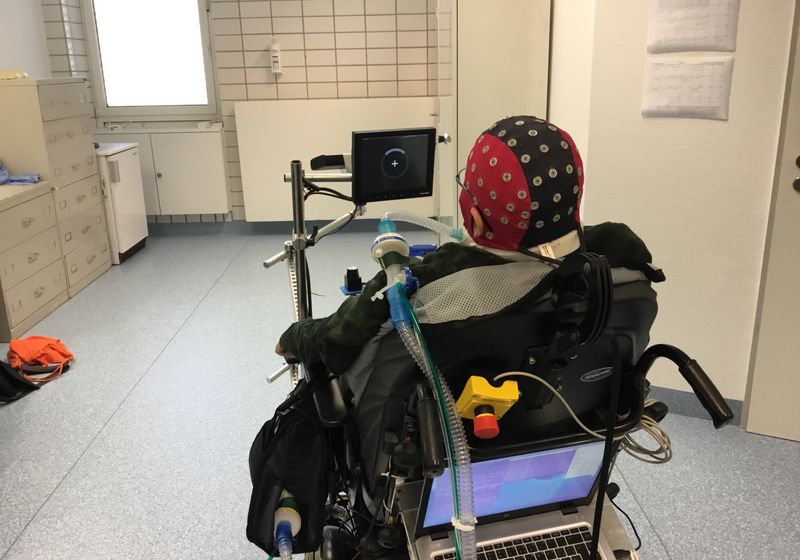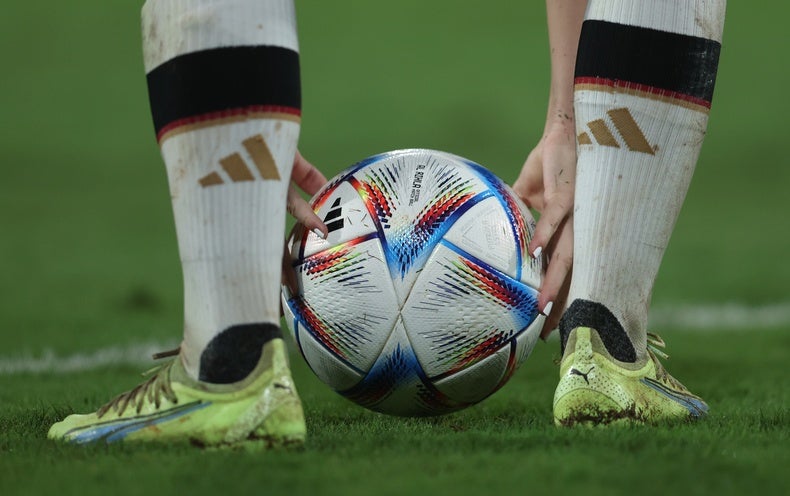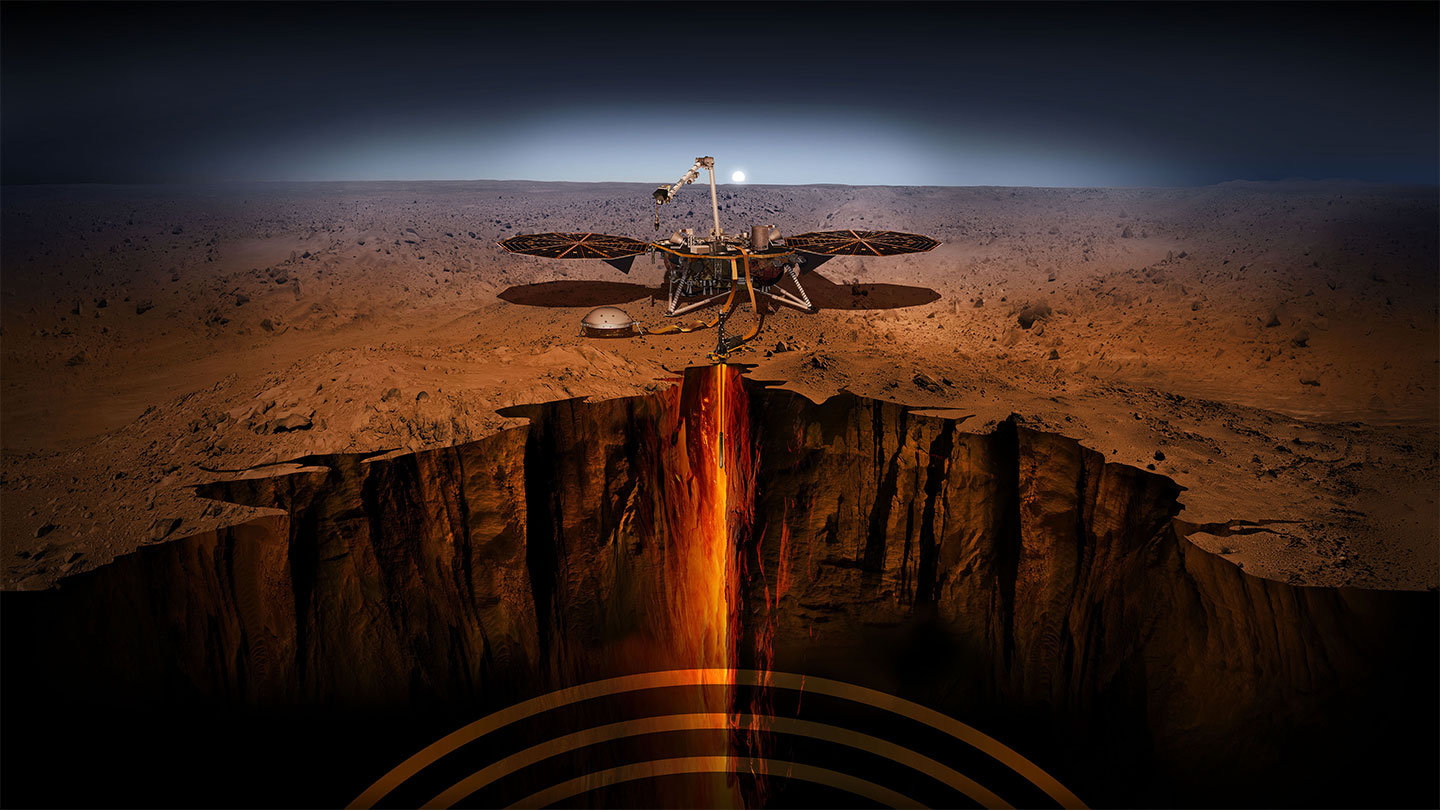Three people with limited to no mobility in their limbs were able to navigate a specially designed wheelchair just by thinking about where they wanted to go, a study published today (November 18) in iScience reports. Unlike some previous designs which used embedded electrodes or asked users to focus on points of light on a screen, which can cause eye strain, the wheelchair uses a noninvasive brain-machine interface involving an electrode-studded cap to interpret brain activity. After training, the users were able to steer their way through a cluttered obstacle course.
“Our research highlights a potential pathway for improved clinical translation of non-invasive brain-machine interface technology,” study coauthor and University of Texas at Austin computer engineering and neurology researcher José del R. Millán says in a press release from the journal.
See “The Rise of BCI Enables Advances in Neuroscience”
The wheelchair is steered by an algorithm that translates brain activity inferred from electroencephalography (EEG) into movement. Tetraplegic users steered the chair by imagining lifting their arms, a signal the chair interprets as an instruction to move right, or their legs, which the chair takes a signal to move left. In the first session, the steering accuracy ranged from 43 to 55 percent, but two of the three participants improved over two to five months of biweekly training to 95 and 98 percent accuracy, according to the press release. The researchers attribute this improvement to both machine learning and human learning, as the two patients exhibited shifts in brainwave patterns by the end of the experiment. The third participant did not show these shifts and did not improve in steering accuracy.
Millán tells The Daily Beast that it’s important to take the less favorable results into account, as it shows “there is no magic bullet,” and that engineers and scientists aiming to enhance people’s mobility “need to have several options, and we also need to understand that the same intervention given to two people will not have the same effect.”
He also notes to New Scientist that the system isn’t quite ready for the real world. “I wouldn’t say the approach is useful on busy streets or less controlled environments,” he says. An additional caveat is that the design requires a gel under the cap that dries out in a few hours, the outlet reports, which limits the wheelchair’s use duration. Still, “the ability to move independently at all can be a huge benefit” to tetraplegic people, he says. University of Kent signal processing researcher Palaniappan Ramaswamy, who was not a part of the research team, also tells New Scientist that advances in gel-free technologies, such as electrodes that can be printed onto the skin, could help make the device ready for prime time in the near future.














